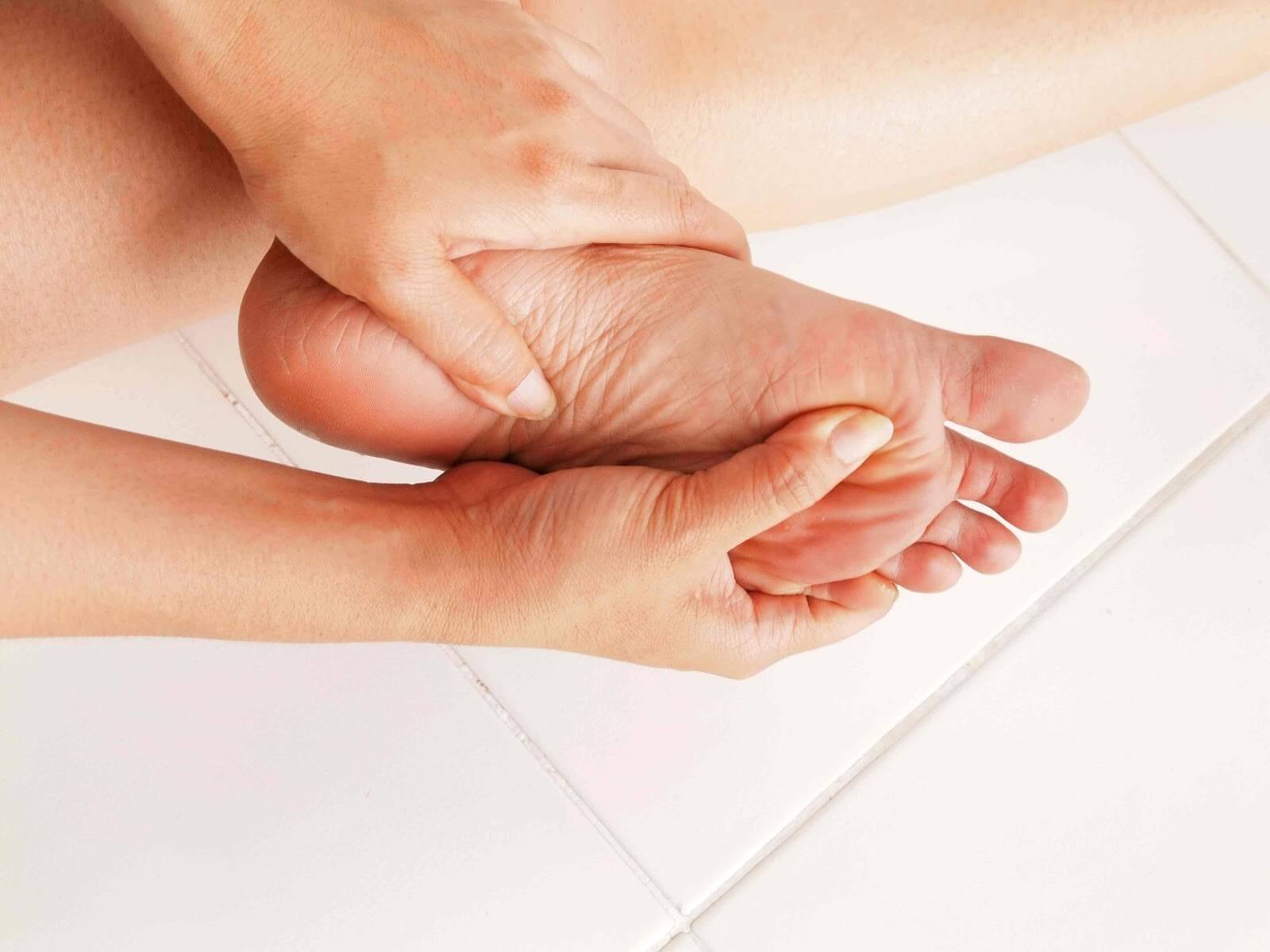
Having swollen balls of the feet is a common problem for active athletes and runners with a few simple solutions.
Ball of Foot Pain: What is it?
Ball of foot pain, otherwise known as metatarsalgia, refers to pain and inflammation in the ball of the foot. It can have quite a few causes, so the term isn’t a diagnosis by itself. You may generally develop this condition if you participate in running, jumping, or other physical activities dealing with impact of the feet. In addition, there can be other causes related to shoes or foot deformities. Even still, not all of the causes of this condition are known.
What are the Causes of Ball of Foot Pain?
Someone can develop metatarsalgia from a variety of different factors. It is important to understand what is causing your pain so you can know which treatment is best for you.
Here are a few of the most common causes:
- Frequent and intense physical activity
- Wearing ill-fitting shoes or high heels
- Excess weight or being overweight
- Having rheumatoid arthritis, osteoarthritis or gout
- Certain foot shapes
- Stress fractures
- Morton’s neuroma
- A high arch or flat feet
- Hammertoes
- And more
For any individual, the most important thing is recognizing the symptoms early and acting quickly. The faster you start treating metatarsalgia, the faster you can begin to recover and get back to normal.
If you’re wondering if you have metatarsalgia, click here to take a Self-Assessment Quiz from FootSmart.
How Can I Treat and Prevent Ball of Foot Pain?
There are quite a few home remedies for metatarsalgia. Here a just a few:
Wear Shoes that are Comfortable.
Make sure they fit right and aren’t too loose or too tight. Avoid walking in high heels for extended periods of time (or even at all), as this can seriously impact recovery. Consult a doctor if necessary to get shoes fitted for you.
Ice the Area.
Try using an ice pack for about 20 minutes at a time several times a day. Make sure to wrap your foot in a thin towel to protect the skin.
Rest Your Foot
Rest your foot when you can, especially after periods of activity, and try elevating it after standing or walking.
Take an OTC Pain Reliever.
Ibuprofen, naproxen sodium (Aleve), or aspirin can help you deal with the pain and reduce inflammation.
Manage Your Body Weight.
Excess weight puts extra pressure on the feet. Consider taking steps to lose weight; this will help relieve pressure and ease the pain in the long-term. Consult with your doctor or dietician for specialized help.
Exercise.
During this time, you’ll probably want to avoid participating in high-impact sports and/or running to let your foot heal, but you can always do targeted stretches to ease pain and increase flexibility and strength. Practice your stretches a few times daily until the pain subsides or is relieved.
Use Orthotic Inserts or Metatarsal Pads.
Depending on how severe the case is, your medical professional may prescribe orthotic inserts or recommend metatarsal pads. Orthotic inserts can help with foot alignment and give extra cushioning. Metatarsal pads are placed in the shoe just ahead of the metatarsal bone and deflect stress from the area.
Use Strikesol Shoe Inserts
Ball of foot pain can also be a big problem for athletes that train on hot surfaces for long periods of time. For runners and athletes especially, Strikesol shoe inserts can help protect your feet from the heat on asphalt, cement, turf, and grass. These shoe inserts can help block out the heat from the surface under the shoes and can therefore decrease the swelling of feet and pain in the ball of the foot. Order your own Strikesol Shoe inserts here.
